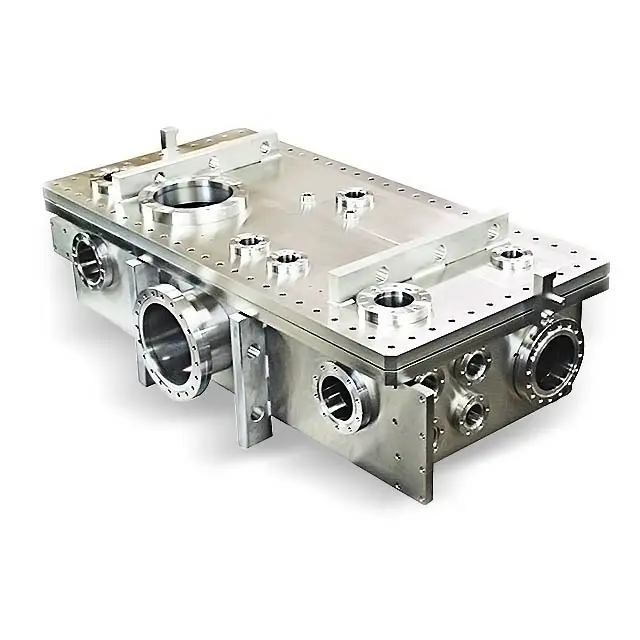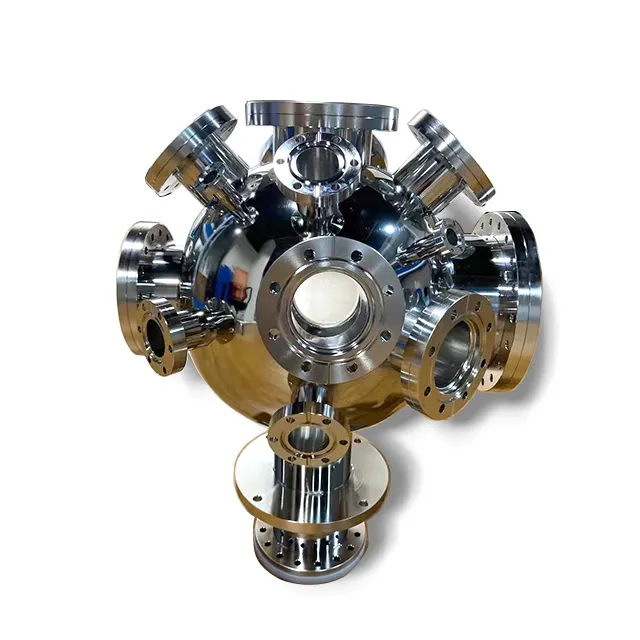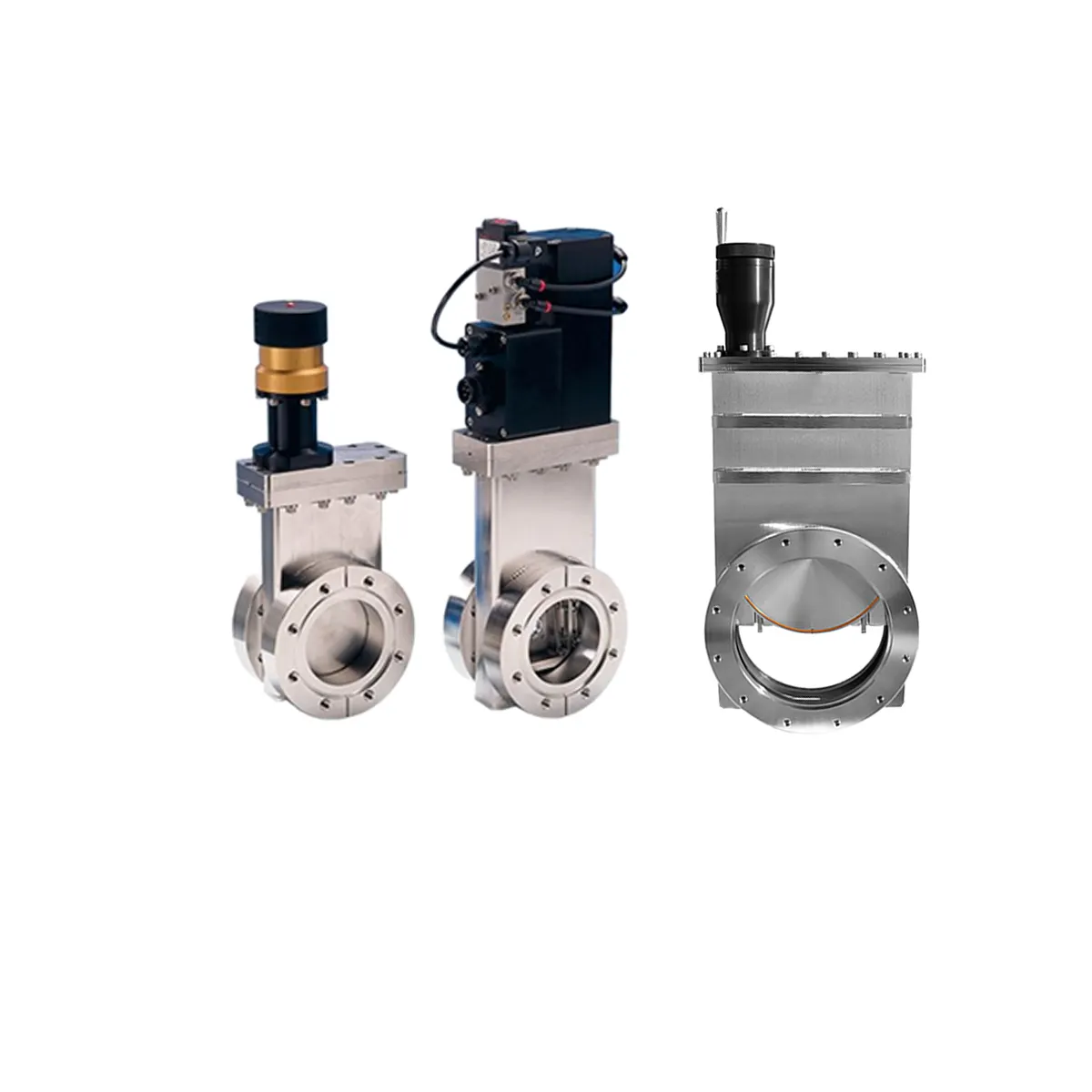vacuum valves and fittings
Vacuum valves and fittings are essential components in vacuum systems, designed to control, regulate, and maintain vacuum conditions within various industrial and scientific applications. These precision-engineered devices serve as crucial connection points and flow control mechanisms in vacuum systems, ensuring optimal performance and reliability. The components are manufactured using high-grade materials like stainless steel and specialized alloys to withstand extreme pressure conditions and maintain system integrity. Modern vacuum valves incorporate advanced sealing technologies and innovative design features that minimize leakage and enhance operational efficiency. The fittings are specifically engineered to provide secure, leak-tight connections while allowing for easy assembly and maintenance. These components play vital roles in applications ranging from semiconductor manufacturing and scientific research to pharmaceutical production and aerospace testing facilities. The design of vacuum valves and fittings prioritizes precise control over vacuum levels, enabling users to maintain specific pressure requirements for their processes. Advanced features such as quick-release mechanisms, compatibility with various vacuum ranges, and specialized coating options make these components versatile and adaptable to diverse operational needs.


